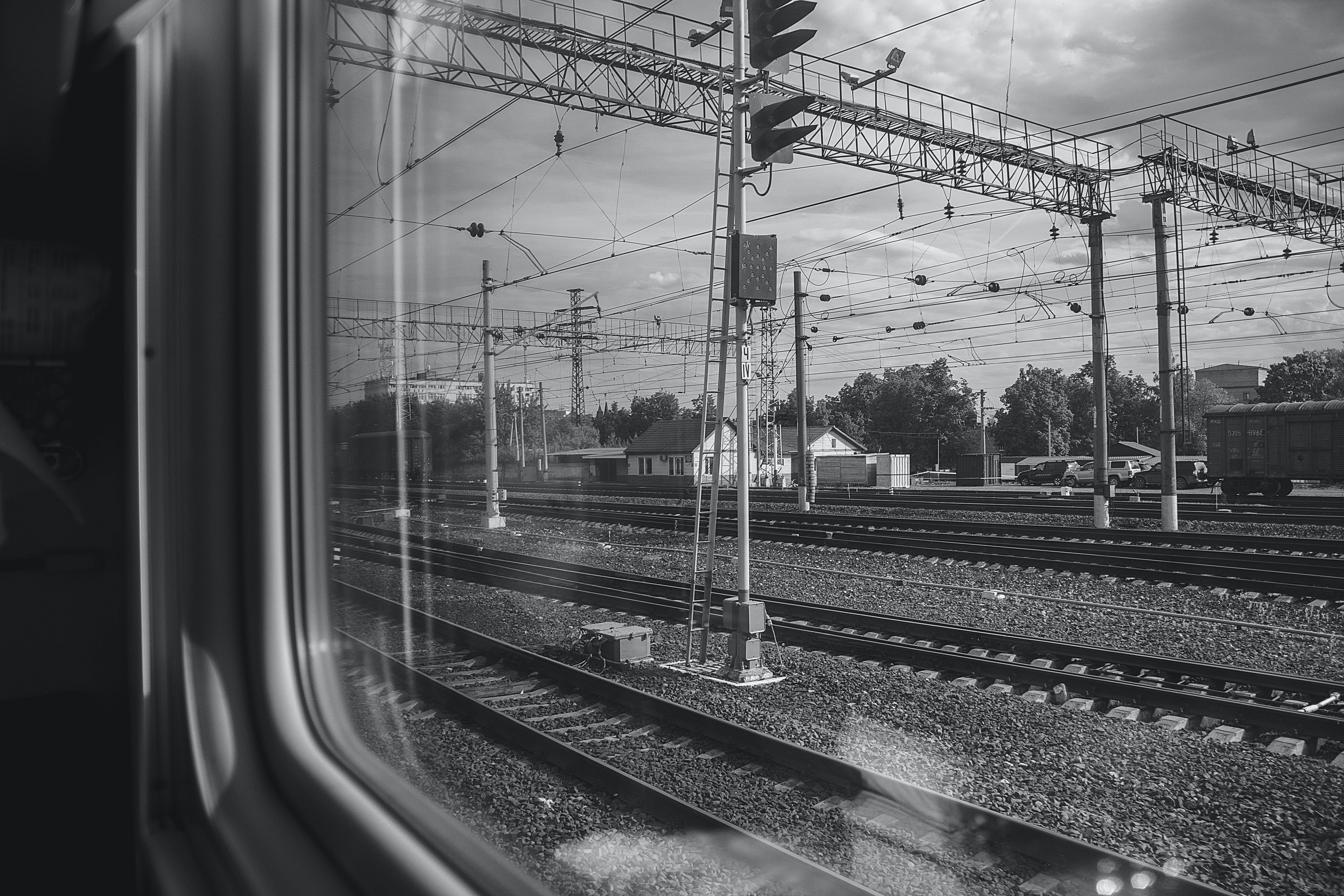- Published 22 Feb 2024
- Last Modified 6 Mar 2024
- 5 min
Advancing Railway Safety with High-Quality Cabling Solutions
Explore the vital role of high-quality cabling in enhancing railway safety and efficiency in Australia's transport infrastructure.

In Australia, railways play a pivotal role in the nation’s transportation landscape, emphasising the need for robust safety measures. Central to this is the utilisation of high-quality cabling solutions, crucial in maintaining seamless operations and ensuring the safety of rail networks. These cabling systems are more than mere components; they are integral to maintaining signal integrity, facilitating essential communications, and upholding overall reliability.

The Importance of Cabling in Rail Systems
In rail systems, cabling underpins various critical functions, from signal transmission to network communications. The quality and integrity of these cables directly influence the safety and operational efficiency of railway systems. Faced with environmental stressors such as extreme temperatures and mechanical wear, the right choice of cabling is essential to counter these challenges and ensure continuous, safe rail operations.
Key Cable Types and Their Uses for Rail Networks
The railway sector relies on a variety of specialised cables, each designed to perform specific functions crucial for the smooth and safe operation of rail systems. Here’s an in-depth look at some key cable types:
- Control and Instrumentation Cables: These are the nerve centre of rail networks, responsible for managing control systems and enabling seamless communication. They connect various components of the rail infrastructure, such as signal boxes and control panels, facilitating efficient coordination and response. These cables are designed to be highly reliable and offer low interference, which is crucial for accurate signal transmission and reception in busy rail environments.
- Ethernet Cables: As rail systems increasingly embrace digital technology, ethernet cables have become indispensable. They are used for network connectivity and data communication, linking control systems, monitoring equipment, and communication devices. These cables are designed to handle high-speed data transfer, ensuring real-time monitoring and management of rail operations, which is critical for both efficiency and safety.
- High-Temperature Cables: Rail environments can be extremely harsh, with high temperatures due to mechanical operations or environmental conditions. High-temperature cables are engineered to withstand these conditions without degrading. They are used in areas exposed to extreme heat, such as near engines or braking systems, ensuring continuous operation without the risk of cable failure.
- Coaxial Cables: These cables are fundamental in the telecommunications aspects of the railway industry. Coaxial cables are what is used for data and signal transmission, especially where high-frequency signals are involved, like in communication systems and signal transmission between trains and control centres. Their design minimises signal loss and interference, which is vital for maintaining clear and reliable communications.
- Single-Core Cables: Single-core cables are versatile and find widespread use in various electrical connections within rail systems. They are typically used in power distribution and grounding applications. Their simplicity and effectiveness make them a preferred choice for straightforward, high-current applications.
- Cable Protection Products: Cable protection is not just about organisation; it's a critical safety aspect. Products like cable ties, braided wire, and cable protectors ensure that cables are neatly bundled and protected from physical damage, environmental factors, and electromagnetic interference. Proper organisation and protection are essential how-tos in maintaining the integrity of railway cable systems, directly impacting the safety and reliability of rail networks.
Key Considerations for Choosing the Right Cabling Solutions

1. Signal Integrity and Reliability
Ensuring signal integrity and reliability is paramount in railway safety. Selecting cabling solutions that can withstand electromagnetic interference and provide consistent performance is crucial for safe rail operations.
2. Environmental Resistance
Railway cabling must resist environmental challenges such as moisture, temperature fluctuations, and chemical exposures. Choosing cables with appropriate insulation and protective materials is key to long-term durability.
3. Flexibility and Ease of Installation
Flexibility and ease of installation of cables matter significantly in railway settings. Cables that can be easily routed and handled can reduce installation time and enhance overall system maintenance.
4. Compliance with Safety Standards
Compliance with Australian and international safety standards is a crucial consideration. Ensuring that cabling solutions meet stringent safety and quality criteria is fundamental to railway operations.
5. Capacity for Future Expansion
Considering future technological advancements and expansions in railway systems is vital. Choosing cabling solutions that can adapt to future needs and technologies ensures long-term sustainability.
Cabling Selection Process and Best Practices
The process of selecting the right cabling solutions for railway safety involves a comprehensive approach that includes understanding the specific requirements of the rail network, evaluating various types of cables, and considering key factors such as compatibility, environmental resistance, and compliance with safety standards. Best practices include consulting with industry experts like RS Australia, conducting thorough product evaluations, and aligning with the latest technological advancements.
Improving Rail Safety in Australia
In Australia, advancements in railway safety have been significantly influenced by the implementation of high-quality cabling solutions. A notable example is the integration of advanced control and instrumentation cables in the rail networks. These cables have enhanced the precision and reliability of control systems, contributing to improved safety and efficiency in operations. Furthermore, the use of robust ethernet and coaxial cables has bolstered communication systems, ensuring clear and uninterrupted data transmission essential for the safe management of rail traffic.
Emerging technologies in cabling — such as enhanced cable insulation materials and smarter cable management systems — continue to set new standards in railway safety. These innovations not only address current safety challenges but also lay the groundwork for future advancements.
Popular Cable Brands
Schneider Electric
Schneider Electric excels with its durable and efficient braided wires, ensuring superior cable protection and management.
TE Connectivity
TE Connectivity offers high-performance coaxial cables, ideal for reliable, high-frequency data and signal transmission.
Amphenol Communications Solutions
Amphenol Communications Solutions specialises in ethernet cables, delivering top-tier network connectivity and data communication.
Related links
- The Role of Electric Motors in Sustainable Railway Systems
- The Importance of Air Quality Monitors in Enhancing Passenger Comfort in Transit
- The Importance of Air Quality Monitors in F&B Facilities
- LED Beacon Lights in Early Warning Systems and Emergency Signaling
- The Role of HVAC Systems in Mining Air Quality & Humidity
- Railway Safety and Efficiency: A Guide to Proximity Sensors
- The Critical Role of Push Button Switches in Mining Operations
- The Impact of Servo Motors on Automated Drilling Equipment in Mining